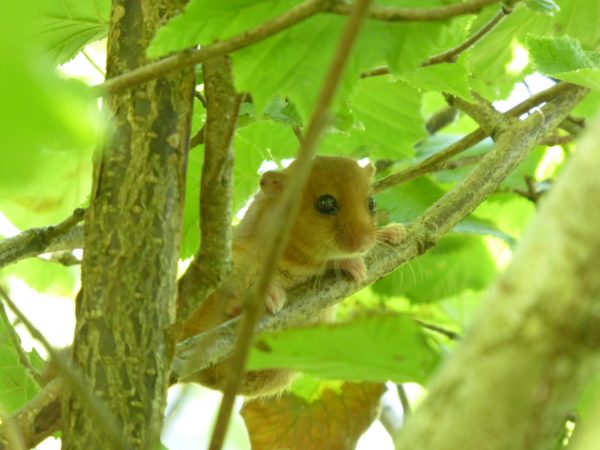Going, going, gone ?

The UN Biodiversity meeting COP16 has announced that 38% of the earth’s trees are facing extinction in ‘the wild’. The biggest threats to trees are
- Clearing land / forests for farming
- Fires and climate change
- Logging tree for timber
- The spread of pests
- The spread of disease
One example of a tree under threat is the monkey puzzle tree. In Chile, climate change has resulted in the country’s Araucanía (Monkey Puzzle) region becoming hotter and drier, and as a result forest fires have become more frequent. It is thought that a million of these trees have been lost in a recent fire in the National Park, and many of these trees were mature specimens - hundreds of years old.
Apart from their intrinsic beauty, trees, woodlands and forests are important. They
- Absorb carbon dioxide from the atmosphere, helping mitigate global warming
- Produce oxygen vital for us (for respiration) and so many living organisms on this planet
- Provides ‘homes’ / habitats for many hundreds of species of birds, mammals, insects, arachnids, lichens, mosses and other epiphytes.
- Help offset some of the effects of pollution.
If the trees are lost, then many of the species that live on or in the trees will also be lost, so the world is at risk of a major biodiversity crisis. The list of endangered species grows longer.
 Populations of the hedgehog have shrunk across Europe, as farming expands, and cities & roadways grow so its natural habitat shrinks. In the UK, other species such as the Red Squirrel, the Water Vole, the Scottish wildcat (an elusive and rare animal), the hazel dormouse and the grey long eared bat maintain a precarious hold on life.
Populations of the hedgehog have shrunk across Europe, as farming expands, and cities & roadways grow so its natural habitat shrinks. In the UK, other species such as the Red Squirrel, the Water Vole, the Scottish wildcat (an elusive and rare animal), the hazel dormouse and the grey long eared bat maintain a precarious hold on life.

A delegation of scientists from Kew Gardens, was present at COP 16 in Colombia, talking about ‘the dark spots of biodiversity knowledge’, that is, identifying those regions of the world where collecting efforts need to be prioritised in order to document the plant species currently unknown to science (before they are lost).
Comments are closed for this post.
